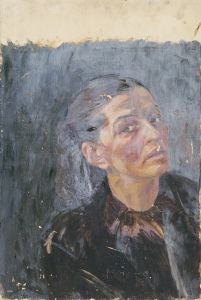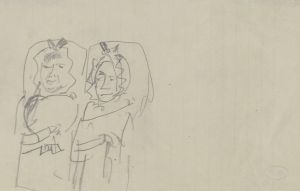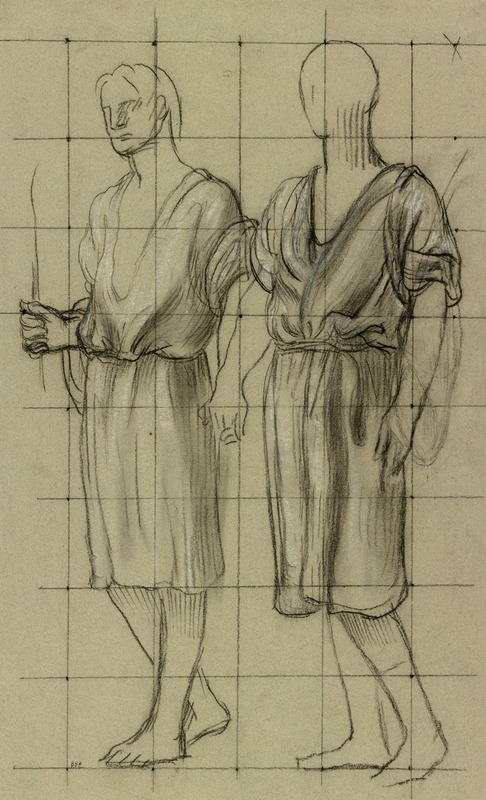
Study of Two Standing Figures
A hand-painted replica of Pierre Puvis de Chavannes’s masterpiece Study of Two Standing Figures, meticulously crafted by professional artists to capture the true essence of the original. Each piece is created with museum-quality canvas and rare mineral pigments, carefully painted by experienced artists with delicate brushstrokes and rich, layered colors to perfectly recreate the texture of the original artwork. Unlike machine-printed reproductions, this hand-painted version brings the painting to life, infused with the artist’s emotions and skill in every stroke. Whether for personal collection or home decoration, it instantly elevates the artistic atmosphere of any space.
Pierre Puvis de Chavannes was a notable French painter of the 19th century, recognized for his significant contributions to the Symbolist movement and his influence on modern art. One of his works, "Study of Two Standing Figures," exemplifies his distinct style and thematic focus. Although specific details about this particular study are limited, it is possible to contextualize it within Puvis de Chavannes' broader body of work and artistic approach.
Puvis de Chavannes was born on December 14, 1824, in Lyon, France. He initially pursued engineering studies but later shifted his focus to art, studying under various artists, including Eugène Delacroix. His artistic career gained momentum in the mid-19th century, and he became known for his large-scale mural paintings, which often depicted allegorical and classical themes. His work was characterized by a subdued color palette, simplified forms, and a sense of timelessness, which set him apart from his contemporaries.
"Study of Two Standing Figures" likely served as a preparatory work or exploration of form and composition for a larger piece. Puvis de Chavannes frequently created studies and sketches as part of his meticulous process in developing his murals and paintings. These studies allowed him to experiment with the arrangement of figures, their poses, and the overall harmony of the composition.
The figures in Puvis de Chavannes' works often embody allegorical or symbolic meanings, reflecting his interest in themes such as nature, mythology, and human experience. His approach to the human form was not focused on anatomical precision but rather on conveying an idealized and harmonious vision. This aligns with the Symbolist movement's emphasis on evoking emotions and ideas through symbolic imagery rather than direct representation.
Puvis de Chavannes' influence extended beyond his lifetime, impacting artists such as Paul Gauguin, Georges Seurat, and even Pablo Picasso. His ability to blend classical themes with a modern sensibility resonated with many artists who sought to break away from traditional academic art. His murals, particularly those in public spaces like the Panthéon in Paris, left a lasting legacy in the realm of public art and inspired future generations to explore the potential of large-scale narrative painting.
While specific information about "Study of Two Standing Figures" is scarce, understanding Puvis de Chavannes' artistic philosophy and methods provides insight into the possible intentions behind the study. His work continues to be celebrated for its unique contribution to the development of modern art, bridging the gap between classical traditions and emerging modernist ideas.





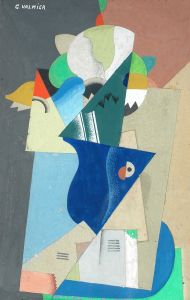
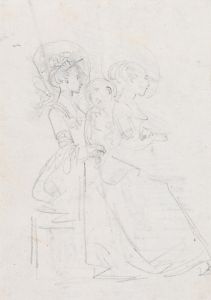
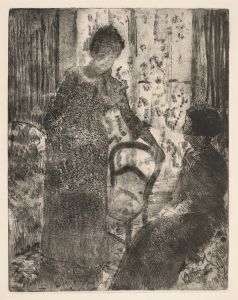
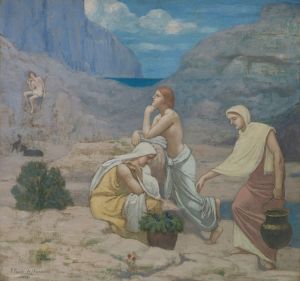
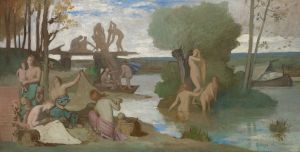
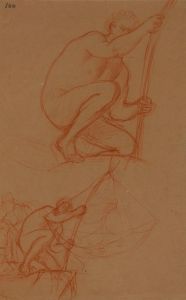
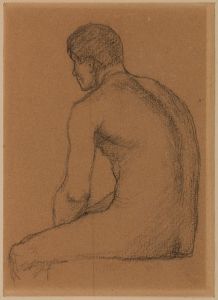
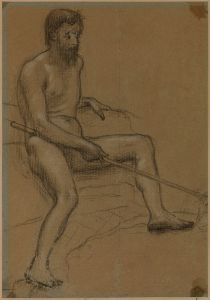
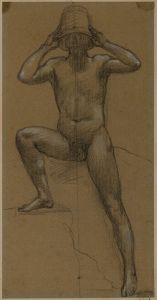
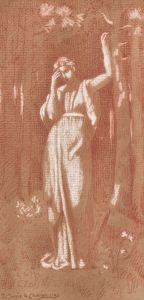

![[Design for mural in unidentified bar or restaurant.] [Study for mural]](/imgs/249261/s/winold-reiss-design-for-mural-in-unidentified-bar-or-restaurant-study-for-mural-93fd9e8e.jpg)
